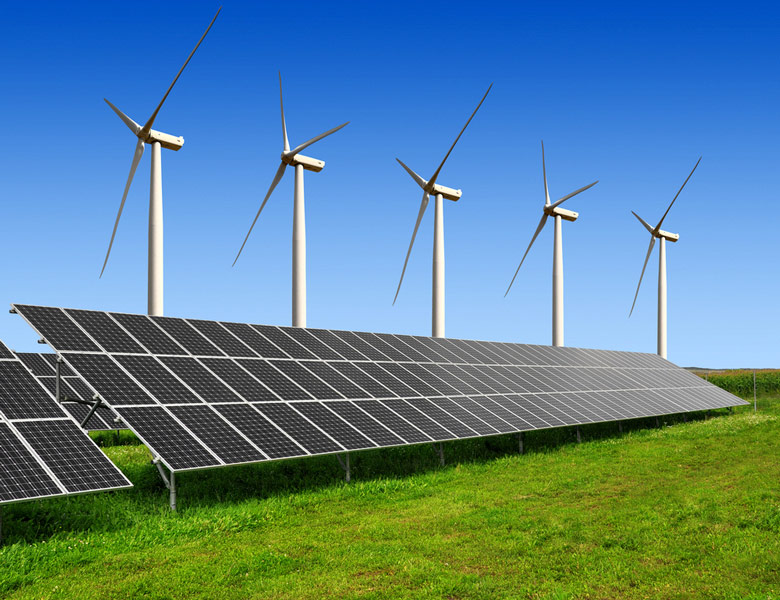India would considerably surpass its 2015 Paris Agreement target of a 40 per cent share of installed power capacity from non-fossil fuel sources by 2030, the US-based Institute for Energy Economics and Financial Analysis (IEEFA) said.
Based on India's Central Electricity Authority (CEA) projections, instead of 40 per cent, India will have 63 per cent of installed capacity from non-fossil fuel sources by 2029-30. This amounts to 60 per cent more than what India had dedicated to accomplish under the 2015 Paris Agreement on Climate Change, believed IEEFA.
India is making huge strides, with 13GW of solar projects tendered in June alone, it said.
IEEFA's statement is based on a report released by the CEA earlier this month.
The CEA's report on Optimal Energy Mix scenario projects that India could have 63 per cent of its installed power capacity from non-fossil fuel sources, including hydro, by 2029-30.
According to the CEA, the growth in new installed power capacity will lead renewables to generate close to 44 per cent of all electricity consumed in India in 2029-30.
In a report, 'India Energy Transition Fuels Growth Path for Sustainable Development', IEEFA said the CEA's analysis foresees moderate growth in increased coal capacity (from net end-of-life coal plant closures), while gas and biomass growth are expected to be negligible.
The CEA makes a base forecast for thermal power capacity of 291GW by 2030, a clear expansion from the 225 GW operating as of March 2019.
But the CEA's optimistic conclusion is that thermal capacity will drop from 64 per cent to just 35 per cent of total installed capacity in only 11 years.
The CEA models also take into account that India will need 34GW/136GWh of battery energy storage systems (BESS) by 2030 to balance the grid reliability and stability needs of 440GW of variable renewable energy capacity, supported by 73GW of hydro and 10GW of biomass.
In view of the rate of technology change and cost deflation in batteries, this ambitious forecast could prove to be prescient, said IEEFA.
The CEA's optimal capacity generation mix estimates are based on projected demand obtained through India's 19th Electricity Power Survey. The projections are adjusted to include estimated contributions from solar rooftop generation.
"India dominates the list of countries with the most polluted cities on earth. As per World Bank estimates, air pollution costs are equivalent to 8.5 per cent of the GDP. India is also facing extreme and growing water shortages in major cities. Transitioning to clean energy can help the country achieve its twin objectives of strong economic growth and sustainability," said Vibhuti Garg, the energy economist for IEEFA.
Garg said that the momentum to build more renewable energy capacity should not only be reflected at the central planning level but also integrated and coordinated with the plans of the state governments.
Gujarat is a frontrunner, with the state announcing plans to increase power generation capacity from renewable sources to 30GW in the next three years.
However, IEEFA said in order to build energy security and incorporate an ever-increasing share of zero pollution and deflationary renewable energy, planners need to prioritize expansion of quality interstate grid transmission.
